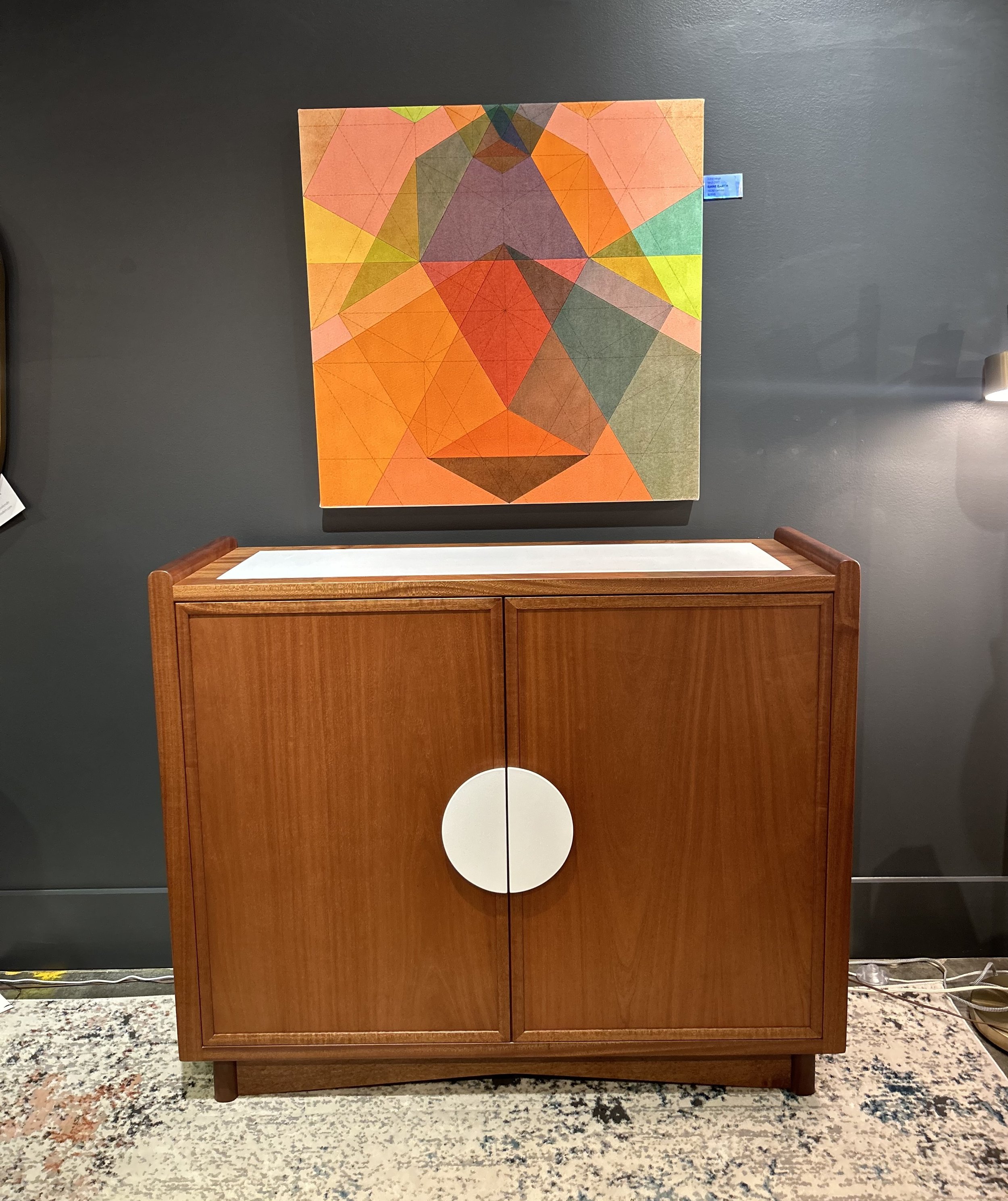Credenzas, sideboards, and buffets: the Right Piece for Your Space
When looking to purchase your own custom dining or living room furniture, you may be wondering what the differences are between the various names that describe cupboards and cabinets, including: credenzas, sideboards, buffets and servers. While these names are often used interchangeably, there are distinct differences between them in terms of both their functionality and aesthetic appeal. In this blog post, we'll explore the characteristics of each to help you determine which one is the best fit for your home.
Understanding the Credenza
The credenza is a versatile piece of furniture that originated in Italy during the Renaissance period. Smaller than the sideboard, the credenza derives its name from the Italian word for “confidence”, and was used in palaces and estates as holding stations, where taste-testers would check a wealthy family’s dinner for poison before serving. Traditionally, a credenza was often very formal in its design, featuring marble or glass accents and elaborate woodworking details. Today, the credenza finds itself taking on the sleeker tones of mid-century modern and contemporary design, and has evolved into a multi-functional storage unit that can be used in a variety of rooms, including the dining room, living room, home office, or even the bedroom.
Today’s Appearance: Typically characterized by modern and sleek profile designs, the credenza boasts clean lines and a minimalist aesthetic. It often features doors to conceal simplistic storage shelving.
Today’s Functionality: With its emphasis on functionality and understated elegance, the credenza excels in providing additional storage without dominating a visual space. Its versatility allows it to seamlessly blend into modern interiors while offering practical organizational solutions in any room.
Exploring the Sideboard
The sideboard, on the other hand, has a more traditional appearance when compared to today’s credenza. Also known as a server, the sideboard originated in England during the 18th century and was originally used for storing formal dishware and cutlery.
Sideboards typically feature a taller profile than credenzas, with both doors and drawers for storage and a larger flat surface for displaying decorative items. Sideboards are commonly used in dining rooms or as entryway tables, where they add elegance and sophistication to the space. Evoking a sense of timelessness, the sideboard exudes traditional luxury and refinement.
Today’s Appearance: The sideboard is typically adorned with intricate details such as ornate moldings, carved motifs, and sometimes mirrored surfaces. Its grandeur lends an air of sophistication to any space, making it a focal point in formal dining rooms or entertaining areas.
Today’s Functionality: While providing ample storage with taller cabinets and smaller drawers, the sideboard is perfect for dining rooms, hallways, and home offices. Sideboards work just as well displaying formal China and dishware, as they do as storage cabinets for important office files that need to be readily at hand.
Understanding the Buffet
Originating in Scandinavia, the buffet initially referred to a long, narrow table with minimal storage on which holiday meals were laid out for guests to serve themselves. In contrast to sideboards and credenzas, buffets are more utilitarian in design, often featuring robust butcher block tops and longer legs.
Today’s Appearance: Buffet tables come in various styles, ranging from traditional to modern, and can be crafted from wood, metal, or a combination of materials.
Today’s Functionality: The primary function of a buffet is to serve as a platform for dining-related activities. Buffets are almost exclusively found in dining rooms or kitchens, where they offer both practical storage solutions and aesthetic appeal.
Choosing the Right Piece for Your Space
When deciding between a credenza, a sideboard, and a buffet for your home, there are a few factors to consider:
Functionality: Think about how you plan to use the piece. If you need additional storage and surface space in a modern and streamlined design, a credenza may be the best option. If you're looking for a more formal and traditional piece to enhance your dining room or home office, a sideboard may be more suitable. And if functionality is at the core of your dining room, a buffet might be your best bet.
Style: Consider the overall style and aesthetic of your home. A sleek, low credenza with clean lines and minimalist design may be a better fit for a contemporary space, while a sideboard with ornate details and traditional styling may suit a more classic or formal setting.
Size and Scale: Take into account the dimensions of the room where the piece will be placed. Make sure the credenza, sideboard or buffet is proportionate to the space and doesn't overwhelm or overcrowd the room.
Whether you’re hosting a large holiday meal in a formal dining room or looking for sleek and modern storage for your wine collection, credenzas, sideboards and buffets play a crucial role in every furniture collection. Browse our casegoods collection today and get inspired to state designing your next piece.




